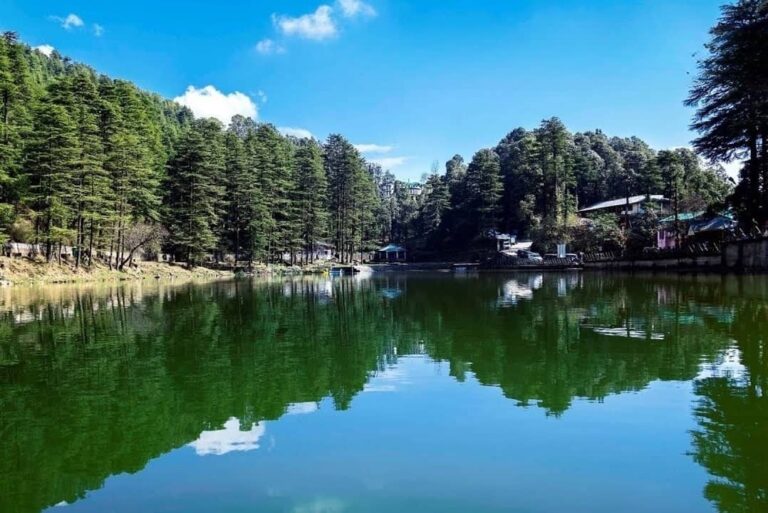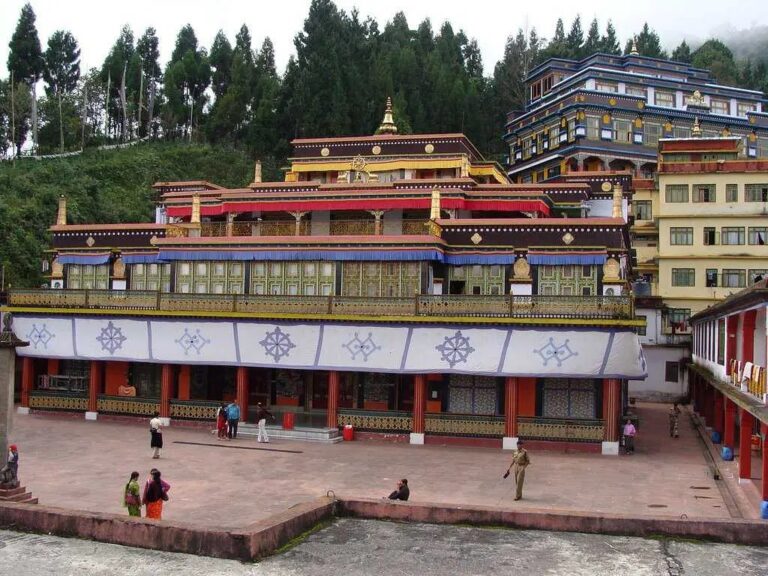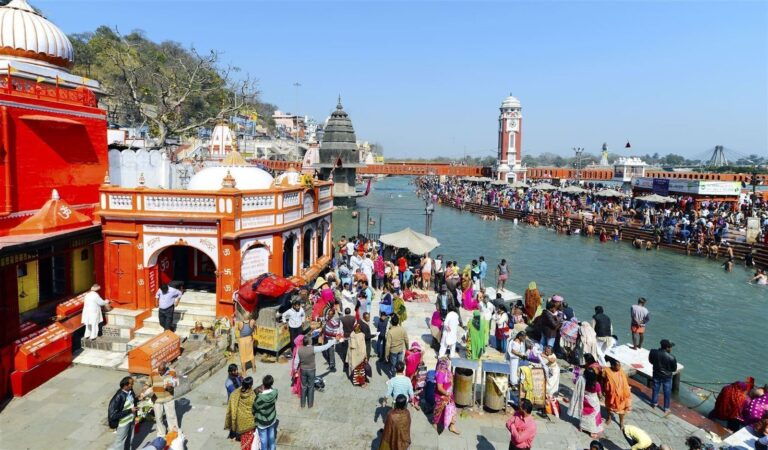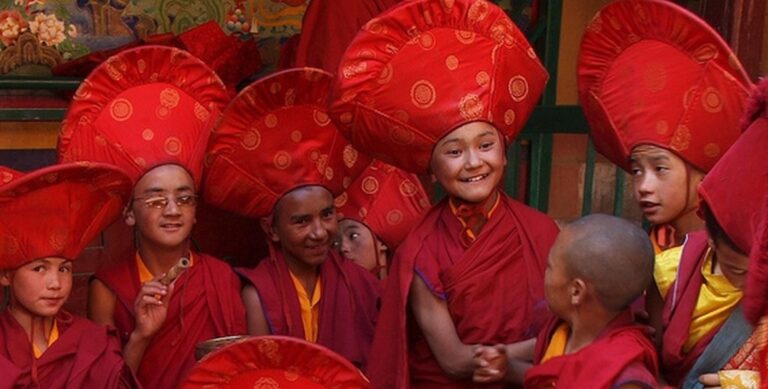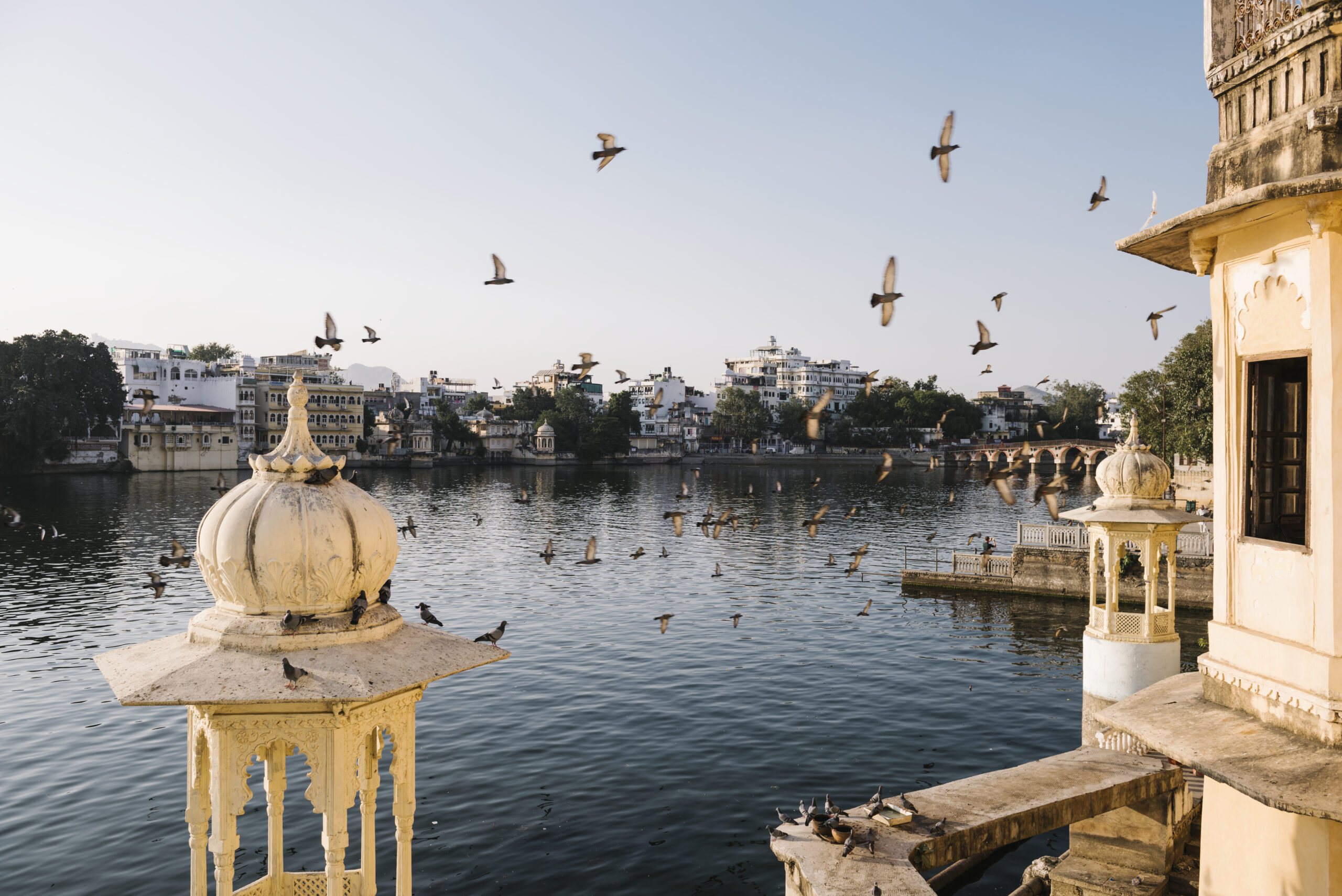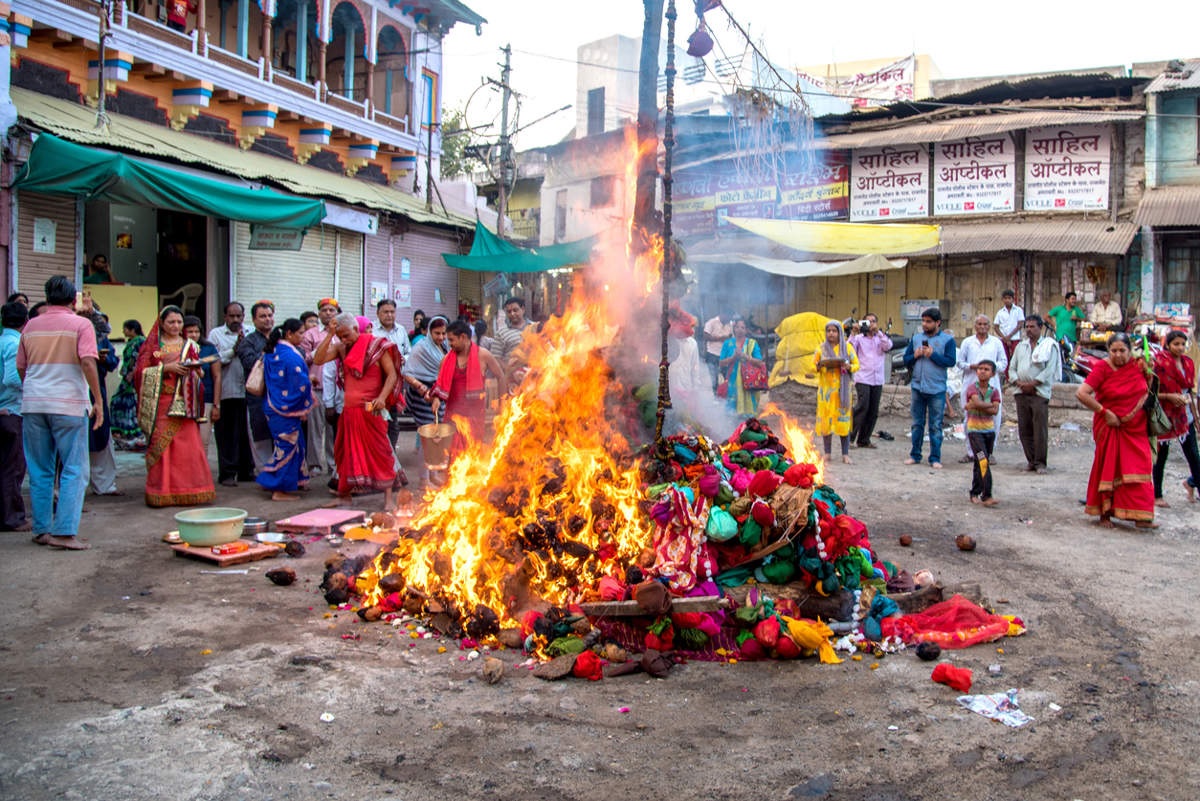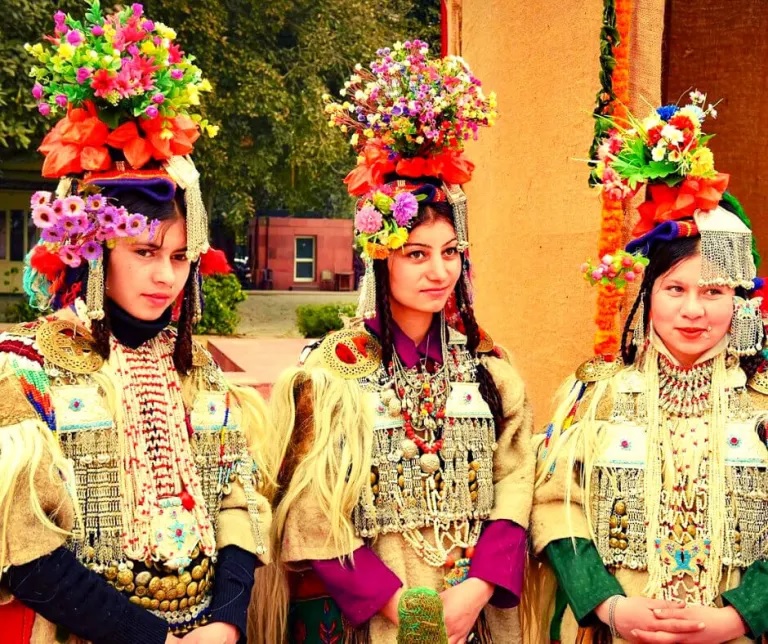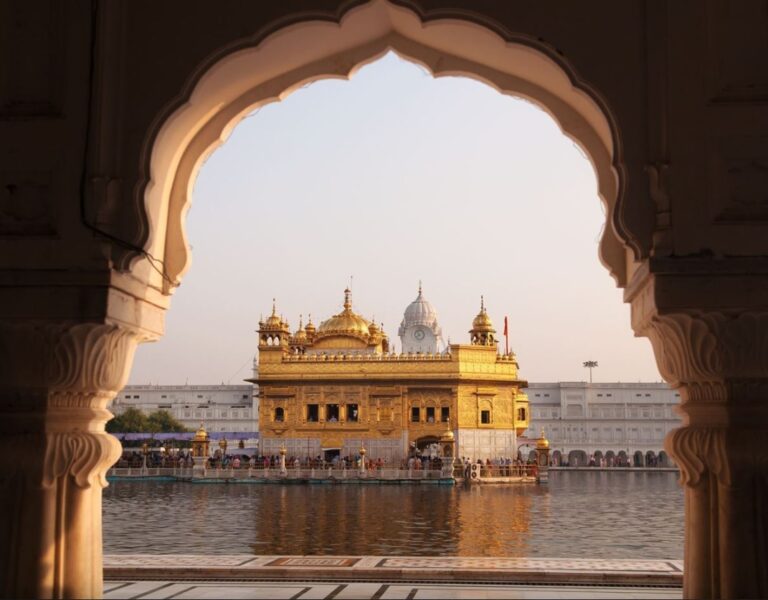
Delhi (New & Old Delhi) – Visit The Capital City of India
Delhi – a history spanning thousands of years and dazzling personalities make the region a colorful and impressive area. The capital of India impresses with its residents, its sights and backdrops, which are utterly unique. The history of Delhi stretches far back into the past. The latest research has confirmed that

